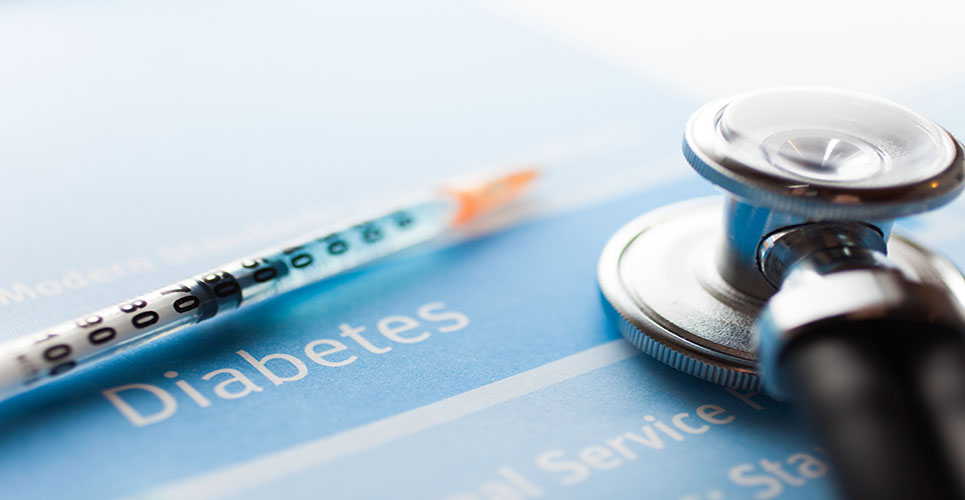teaser
WISE (Workshop on Injection Safety in Endocrinology) has published new global recommendations on ensuring the safety of injections in diabetes. The new recommendations are designed to ensure the safety of patients, professionals and all persons in potential contact with sharps used in the treatment of diabetes.
The recommendations were informed by the results of a large four month survey of sharps injuries amongst 634 nurses from 13 western European countries and Russia,(1) and the outcome of the October 2011 Workshop on Injection Safety in Endocrinology (WISE), which brought together a diverse group of 58 leaders in the field of diabetes safety from 13 countries.
A new European Directive(2) has recently come into force which stipulates that wherever there is a risk of sharps injury, the user and all healthcare workers must be protected by adequate safety precautions, including the use of “medical devices incorporating safety-engineered protection mechanisms”.(2) This legislation on sharps injury prevention must be incorporated into national law in all EU member states by 11 May 2013 at the latest.
Dr. Kenneth Strauss, Global Medical Director, BD, Director of Safety in Medicine, European Medical Association, and member of the WISE Consensus Group, comments: “The everyday activities of healthcare and downstream workers put them at risk of serious infections with more than 30 potentially dangerous pathogens, including hepatitis B, hepatitis C and HIV, through injuries with contaminated needles and sharps.(3)
More than one million sharps injuries are estimated to occur in the EU each year,(4) but the majority of injuries are preventable with the provision of elective training, safer working procedures and safety-engineered medical devices.”
The WISE recommendations are intended as a roadmap for implementing the EU Directive in diabetes care settings, and include a scale which shows the strength of the recommendations.
The key topics covered are:
- Risks diabetes healthcare workers are exposed to
- The impending EU legislation
- Injury implications of different devices
- Injection technique implications
- Education and training to create a safety culture
- The cost effectiveness of safety devices
- Awareness and responsibility of safe sharps disposal
References
- Costigliola V, Frid A, Letondeur C, Strauss K, Needlestick injuries in European nurses in diabetes, Diabetes & Metabolism 38 (2012) S9-S14.
- Council Directive 2010/32/EU, Official Journal of the European Union, L134/71
- European Biosafety Workshop. Prevention of sharps injuries in the hospital and healthcare sector. Implementation guidance for the EU Framework Agreement, council directive and associated national legislation
- A. Tarantola, D. Abiteboul, A. Rachline, Infection risks following accidental exposure to blood or body fluids in health care workers: A review of pathogens transmitted in published cases, Am J Infect Control, 34 (2006), pp. 367–375

